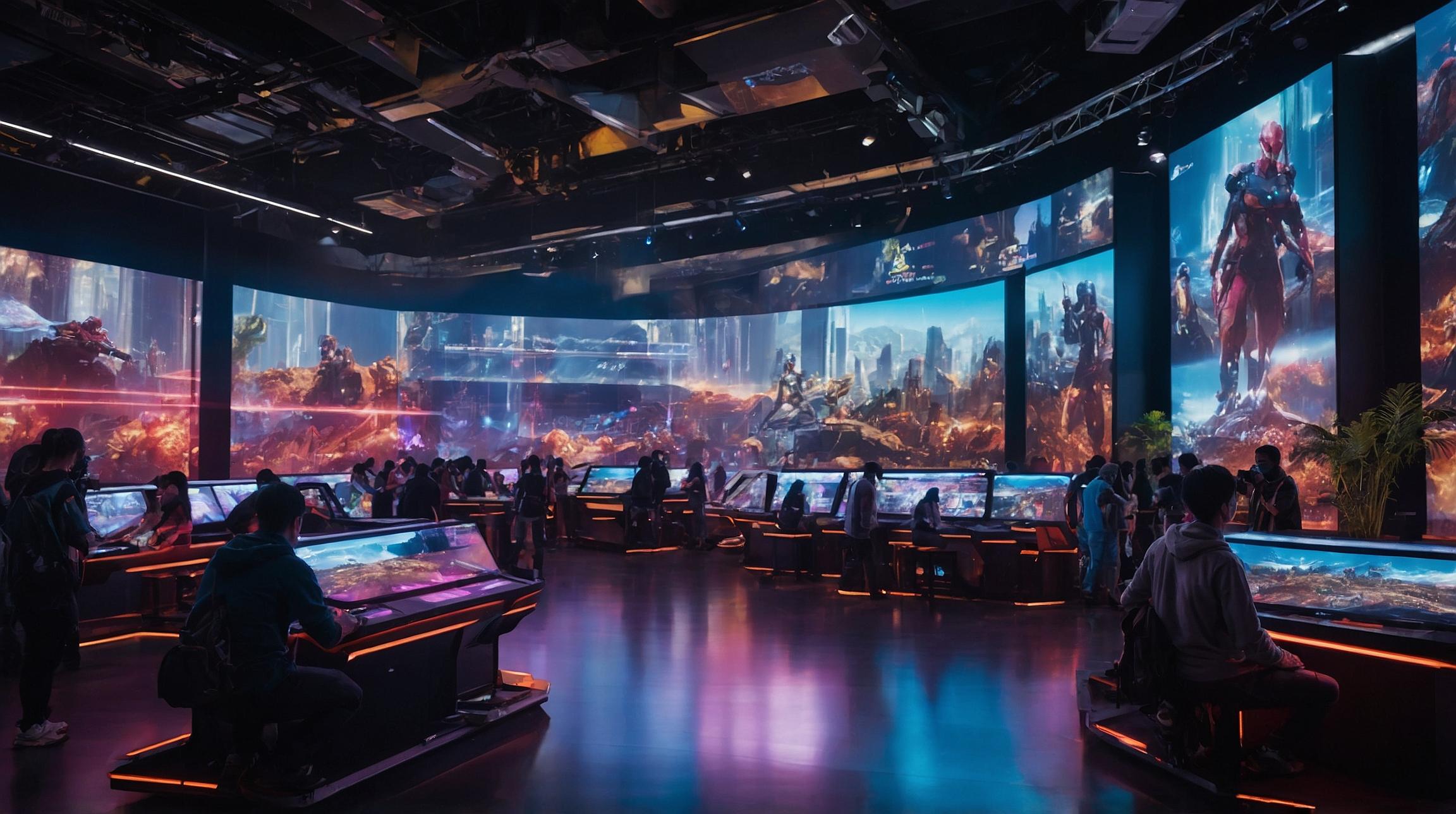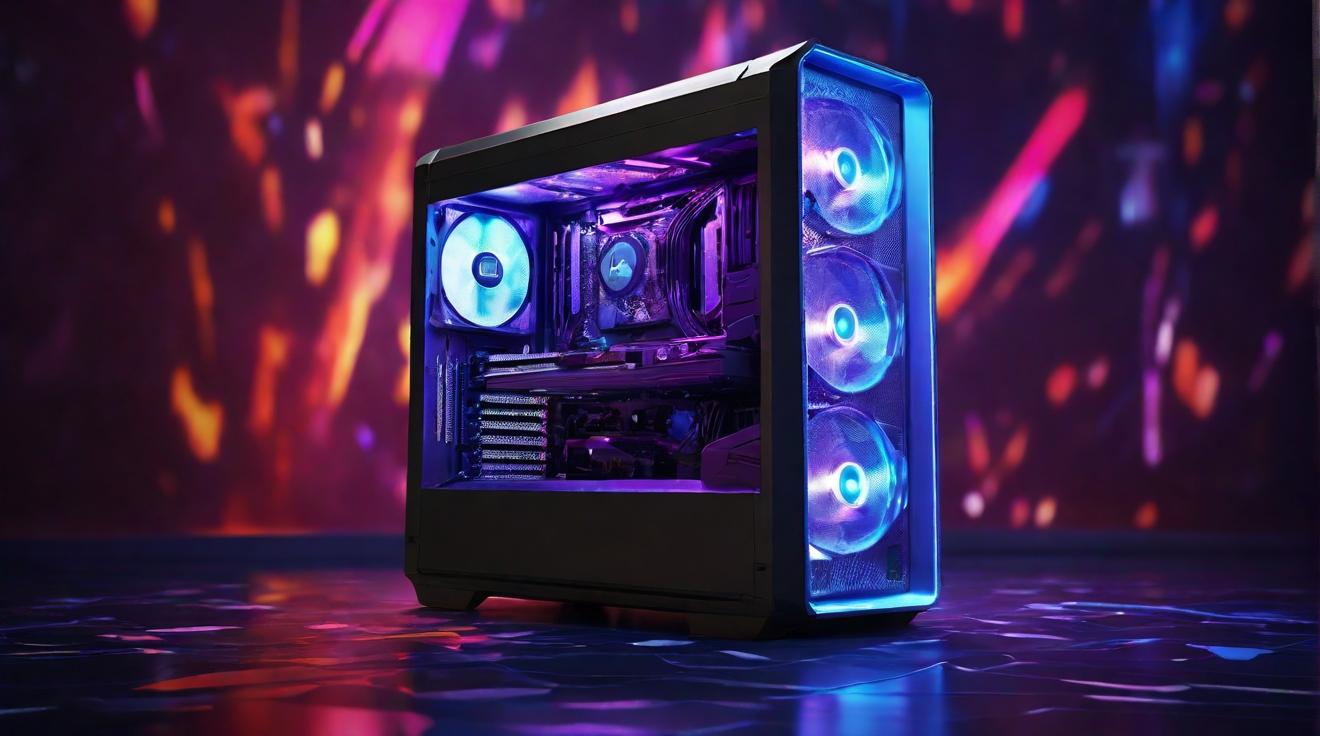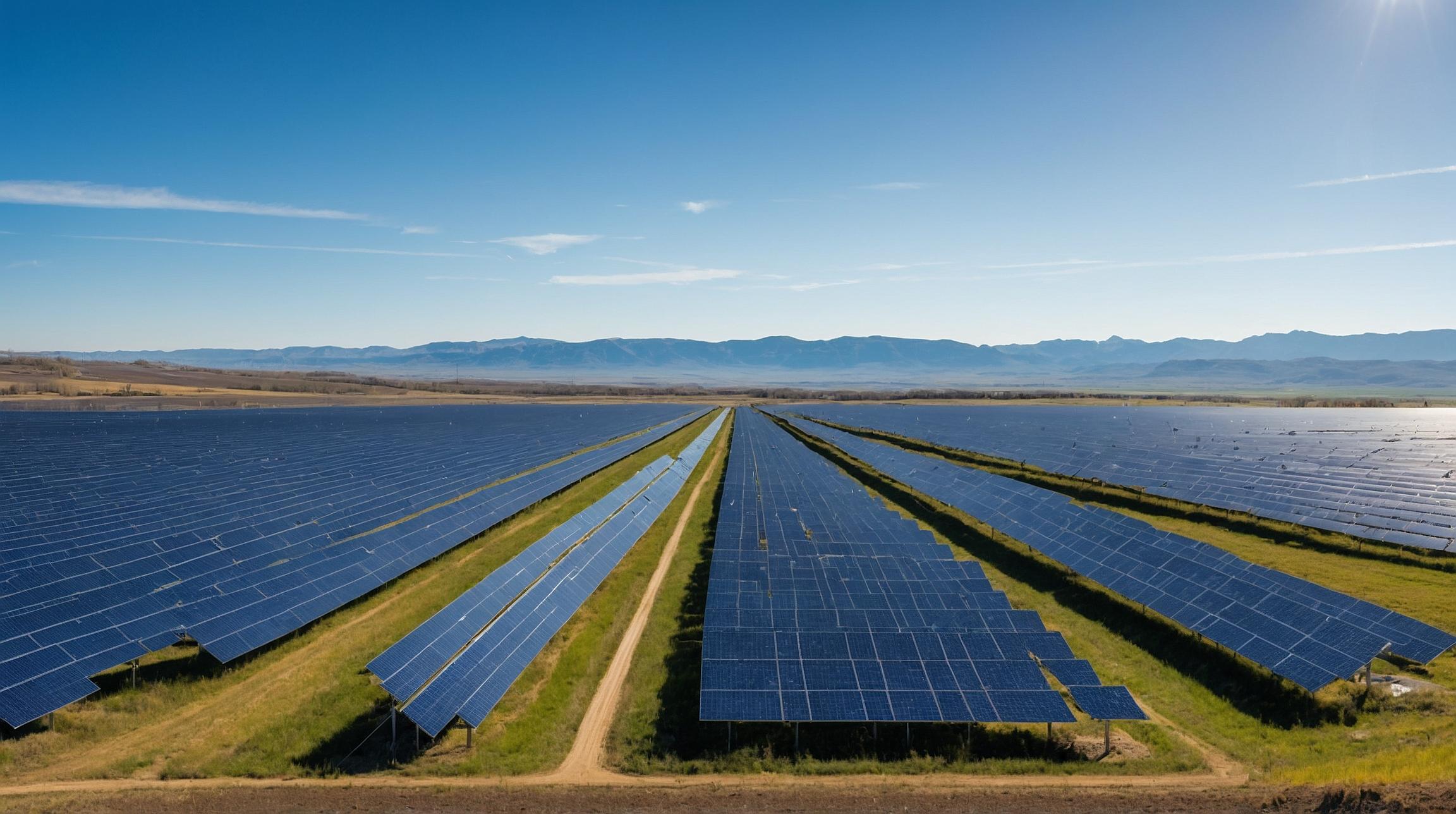Maximizing Performance: How to Optimize Your Windows Laptop for Gaming
Are you tired of your games being slow and not smooth? Whether you play games frequently or are just starting, making your computer work better can change your gaming experience from annoying to awesome. So, how do you optimize your Windows laptop for gaming? With a few simple steps, you can maximize your computer’s performance and enjoy smoother gameplay.
Firstly, start by updating your graphics drivers
Graphics drivers play a crucial role in gaming performance, as they help your computer communicate with the graphics card. Outdated drivers can result in lag and poor visuals. Visit the manufacturer’s website or use a driver update software to ensure you have the latest drivers installed.
Next, minimize background processes and applications
When you’re gaming, you want your computer’s resources to be dedicated to running the game smoothly. Close unnecessary applications and disable background processes that might be consuming CPU and RAM. You can use the task manager to identify and close these processes.
Additionally, optimize your power settings
By default, laptops are set to “balanced” power mode, which prioritizes energy efficiency over performance. You can change this to “high performance” mode to ensure your laptop is giving its best when gaming. Go to the power options in the control panel and select the high-performance mode.
Boost Your Gaming Experience: Enhance FPS in GTA, Call of Duty, and Fortnite
Have you ever wondered how some gamers achieve incredibly high Frames Per Second (FPS) in games like GTA, Call of Duty, and Fortnite? The answer lies in optimizing your computer’s settings specifically for gaming. By making a few adjustments, you can boost your gaming experience and enhance FPS in these popular games.
One essential step is to lower your in-game graphical settings
High-quality graphics require more computational power, which can lead to lower FPS. Experiment with lowering settings such as resolution, texture quality, shadow quality, and anti-aliasing. Finding the right balance between visuals and performance will make a noticeable difference in FPS.
Another crucial element is tweaking your graphics card settings
Graphics cards usually come with software that allows you to customize settings for individual games. Adjusting options such as texture filtering, anti-aliasing, and vertical sync can help improve FPS. Keep in mind that each game might require specific settings, so take the time to experiment and find what works best for you.
Lastly, ensure your computer is running at its optimum temperature
Overheating can cause performance issues and lead to throttling, reducing FPS. Make sure your laptop’s vents are clear of dust, use a cooling pad, and consider repasting the CPU and GPU with high-quality thermal paste for better heat dissipation. Monitoring your temperatures using software is also advisable.
Unleashing the Power: A Guide to Improving Gaming Performance on a Windows Laptop
Do you want to unleash the full power of your Windows laptop for gaming? With a few tweaks and optimizations, you can significantly improve your gaming performance. Whether you’re a casual gamer or a hardcore enthusiast, follow this guide to get the most out of your gaming experience.
Firstly, consider upgrading your hardware
One of the easiest ways to improve gaming performance is to upgrade your RAM and storage. More RAM allows your computer to handle demanding games and multitasking better, while a faster storage drive will reduce load times and help maintain smooth gameplay. Additionally, upgrading your graphics card can provide a significant boost in FPS.
Next, optimize your Windows settings for gaming
Disable unnecessary visual effects, such as animations and transparency, in the system settings. Adjust the virtual memory settings to allow your computer to use more RAM efficiently. You can also customize power and performance settings in the control panel to prioritize gaming performance over power-saving features.
Furthermore, keep your system clean and optimized
Regularly clean up temporary files, uninstall unused applications, and run disk cleanup and defragmentation tools. These simple maintenance tasks can help free up space, improve system performance, and reduce the chances of performance issues during gaming.
From Annoying to Awesome: Transforming Your Gaming with Optimized Computer Settings
Gaming can be an amazing source of entertainment and excitement, but it can quickly turn frustrating if you’re faced with slow and laggy gameplay. Luckily, by optimizing your computer settings specifically for gaming, you can transform your gaming experience from annoying to awesome.
Start by updating your drivers regularly
Graphics card drivers, in particular, have a significant impact on gaming performance. Check for updates on the manufacturer’s website or use a driver update software to ensure you have the latest drivers installed. Outdated drivers can limit your FPS and result in poor graphics quality.
Furthermore, adjust your computer’s visual settings
Lowering graphical settings in games can significantly improve performance. Experiment with reducing resolution, disabling features like shadows and motion blur, and lowering texture quality. Finding the right balance between visual quality and smooth gameplay will make a world of difference.
Last but not least, optimize your computer’s performance by closing unnecessary background processes and applications
These processes consume system resources and can slow down your gaming experience. Use the task manager to identify resource-intensive processes and close them before launching your game. You can also set your computer to automatically close certain applications when gaming, ensuring maximum resources are allocated to your game.
Get Ready to Level Up: Tips for Making Your Computer Better for Gaming
Are you ready to level up your gaming experience by making your computer better for gaming? Whether you’re a casual gamer or a professional e-sports player, optimizing your computer can make a world of difference in performance and enjoyment. Here are some essential tips to get you started:
Firstly, ensure your computer is free from malware and unnecessary bloatware
These can significantly impact system performance and cause lag during gameplay. Use a reliable antivirus program and regularly scan your computer for malware. Uninstall any unnecessary programs that might be running in the background.
Next, consider upgrading your hardware
Increasing your RAM and upgrading to a solid-state drive (SSD) can drastically improve load times and overall performance. If your budget allows, consider investing in a high-quality gaming keyboard and mouse, as their responsiveness can greatly enhance your gaming experience.
Additionally, optimizing your internet connection is vital for online gaming
Make sure you have a stable and fast internet connection, preferably with a wired connection rather than Wi-Fi. You can also prioritize your gaming traffic by setting Quality of Service (QoS) settings on your router.
Finally, regularly update your drivers and keep your operating system up to date
Driver updates can include performance improvements specifically for gaming, while operating system updates often fix bugs and security vulnerabilities that could impact gaming performance.
By following these tips, you can take your gaming to the next level and enjoy a smoother and more immersive gaming experience.
Analyst comment
Neutral news. Analyst comment: Optimizing Windows laptops for gaming can significantly improve performance and gameplay experience. Users are advised to update graphics drivers, minimize background processes, optimize power settings, lower in-game graphical settings, customize graphics card settings, ensure optimal temperature, upgrade hardware (RAM, storage, graphics card), optimize Windows settings, clean and optimize the system, update drivers, and enhance internet connection. These steps can lead to a noticeable boost in gaming performance and enjoyment.













